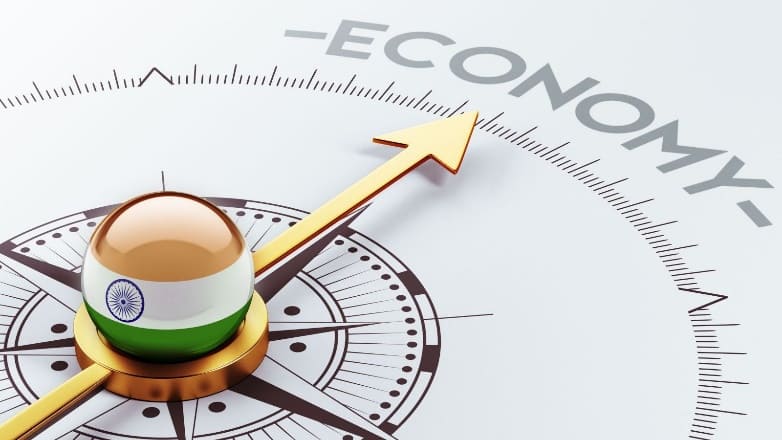Free Courses Sale ends Soon, Get It Now


Free Courses Sale ends Soon, Get It Now



Disclaimer: Copyright infringement not intended.
Context
Projections
An extended phase of rate hikes in the US could have a three-pronged impact:
Prognosis: the positives
|
Capital expenditure (CapEx) is money that is spent to acquire, repair, update, or improve a fixed company asset, such as a building, business, or equipment. A CapEx is different from an everyday business, which falls under the operating expense category. |
Prognosis: the negatives
© 2024 iasgyan. All right reserved